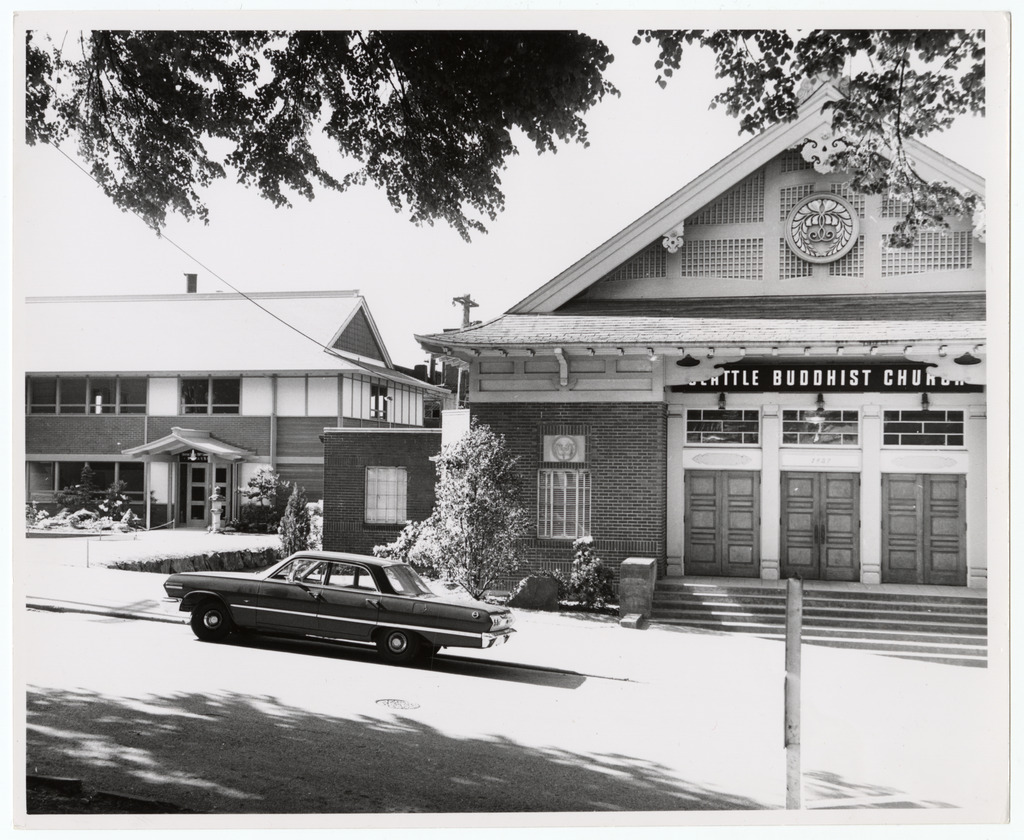October 12, 2021
In honor of American Archives Month, we feature a guest post from Densho Digitization Tech, Christen Greenhill Robichaud. In this essay, Robichaud details her team’s work on an exciting new collection that contains more than a century of Seattle Nikkei history.
The Seattle Betsuin Buddhist Temple (SBBT) has been an integral part of Seattle’s Nikkei community since it was founded in 1901. Over the last century, they have amassed an extensive archive of photographs, documents, textiles, and physical objects that cover everything from Obon to the forced removal during WWII. Densho and the SBBT Archives have been working together to preserve and exhibit the Temple’s collections — and we’re excited to announce that now you can view this fascinating archive in the Densho Digital Repository.
Beginning in 2018, Densho’s Micah Merryman and Caitlin Oiye Coon worked with the SBBT Archives to index hundreds of boxes on their shelves. One of our discoveries was a collection of costumes, wigs, backdrops, and scripts for shibai (drama) performances. These elaborate costumes and stage designs were used in productions at the Nippon Kan Theater, organized by members of the Seattle Betsuin Buddhist Temple and other local groups. SBBT Archives and Densho collaborated with the Wing Luke Museum to preserve the hand-made items after decades of storage in steamer trunks. The Shibai: Seattle Japanese American Theater Collection is now available at the Wing Luke Museum for future generations.
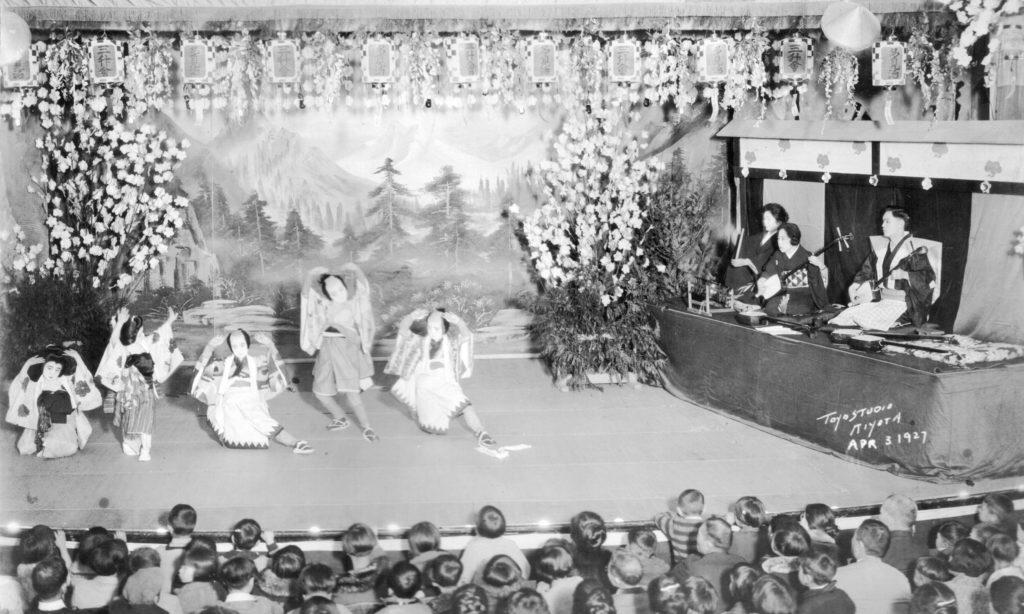
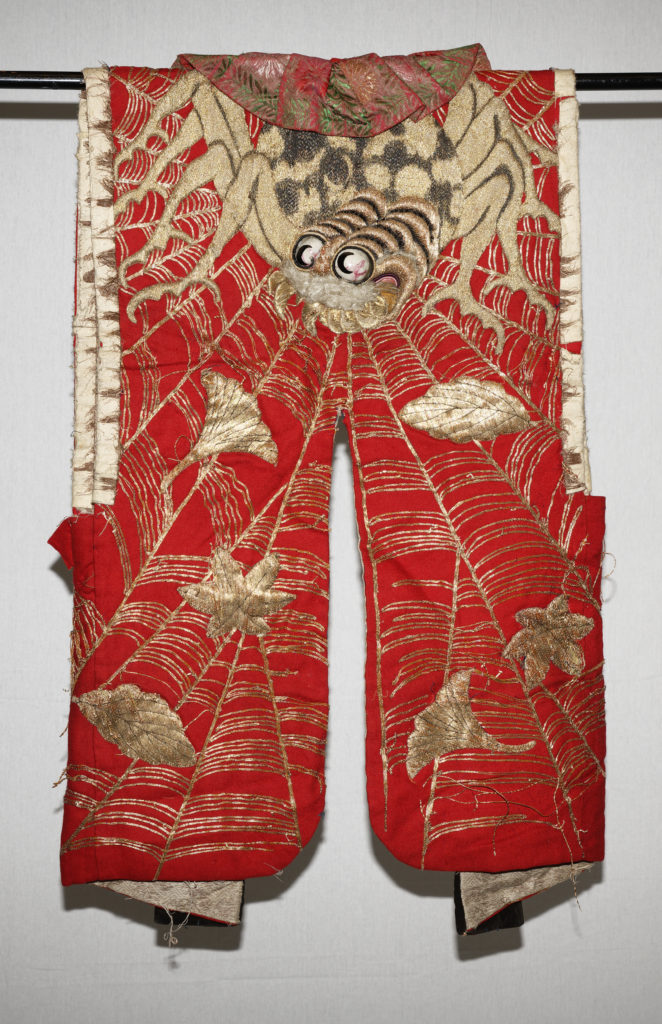
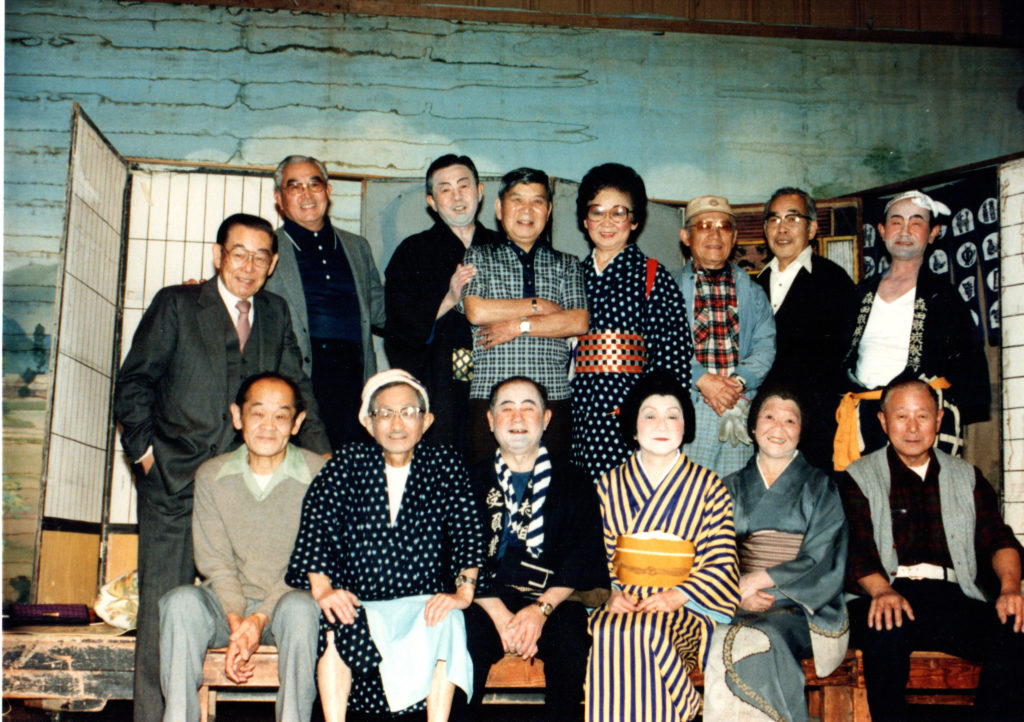
After completing the index, Densho and the SBBT Archives received a grant from 4Culture to digitize some of the oldest and most fragile items to share with King County residents. In 2019, Caitlin Oiye Coon and Christen Greenhill Robichaud began the work of locating, digitizing, and cataloging materials for Densho’s digital repository. After years of hard work, five collections are now available to the public on Densho’s website.
The Community Collection
The Community Collection consists of materials related to the Seattle area and the Japanese American community on the West Coast.

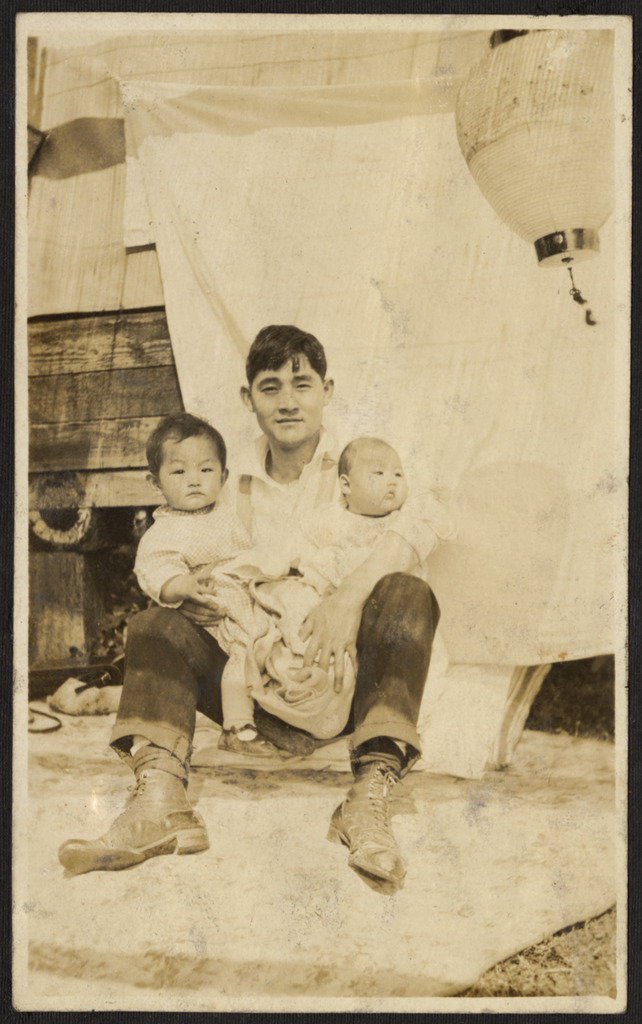
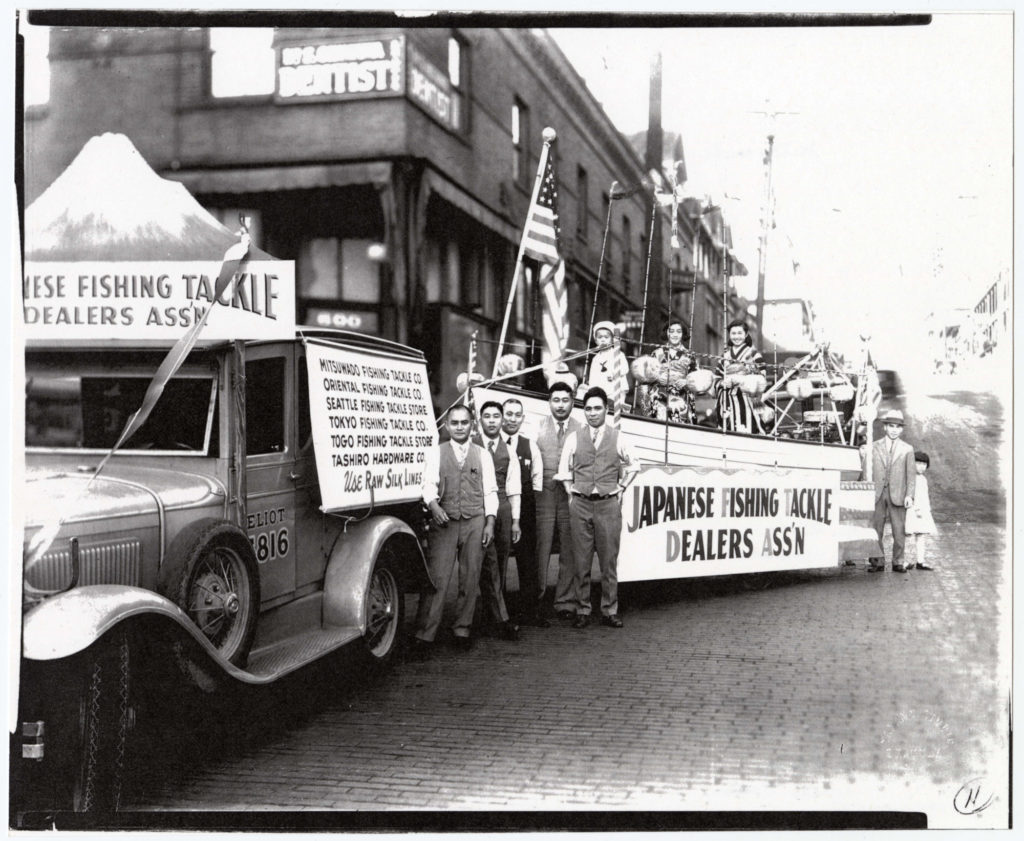
The World War II Collection
The World War II Collection highlights the crucial role the Temple played during mass removal and the role its members played in the concentration camps.
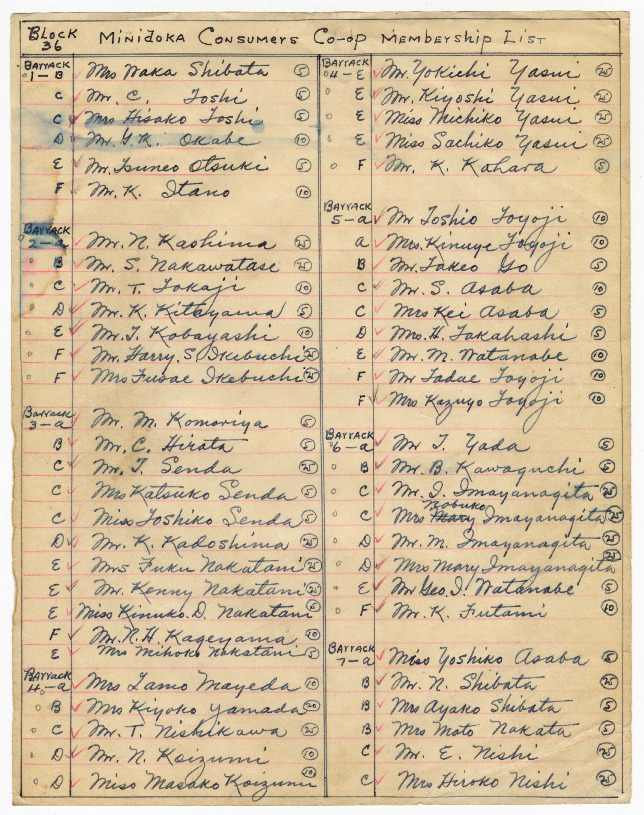
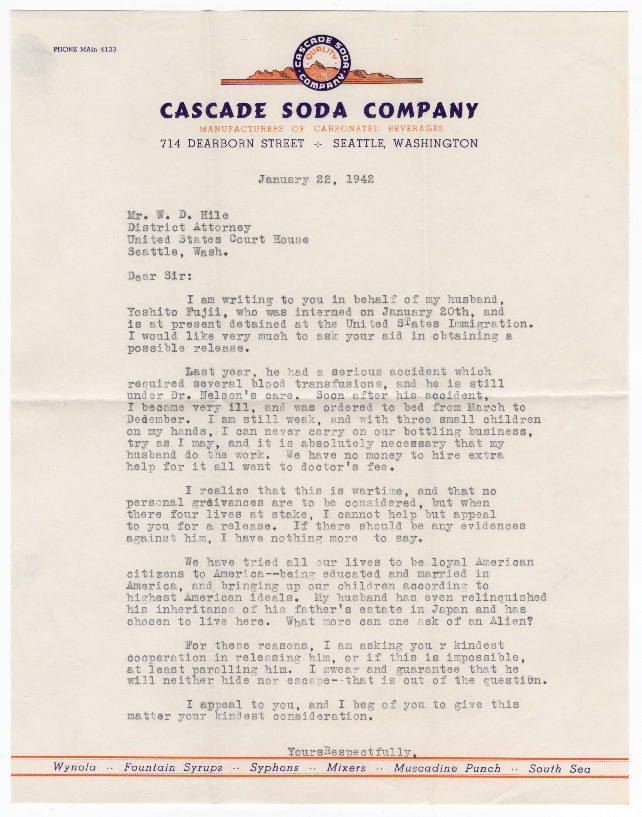

The Conventions Collection
The Conventions Collection showcases photographs of Buddhist conventions held regularly on the West Coast.


The Temple History and Records Collection
The Temple History and Records Collection preserves materials related to the founding of the Temple and the construction of the current Temple building at 1427 S. Main Street.
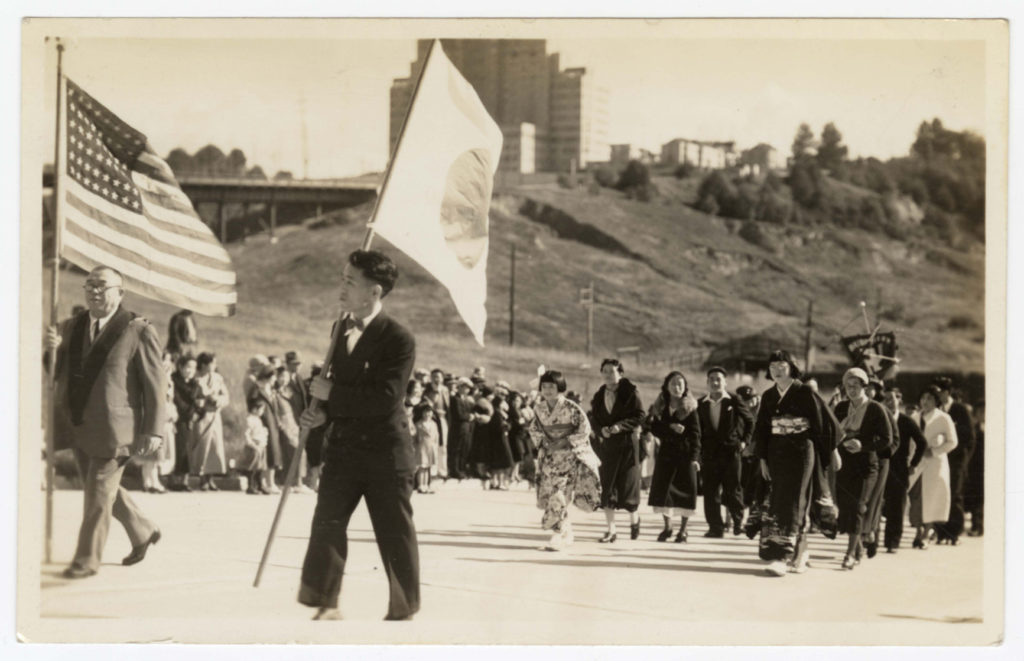
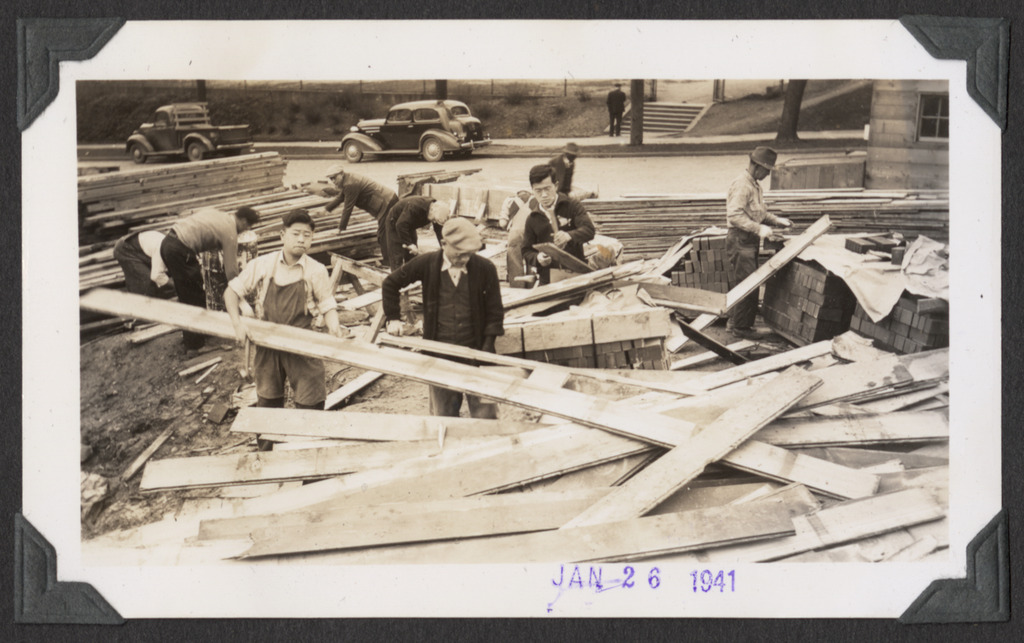
The Temple Organizations and Events Collection
The Temple Organizations and Events Collection highlights events hosted by Temple’s numerous social clubs.
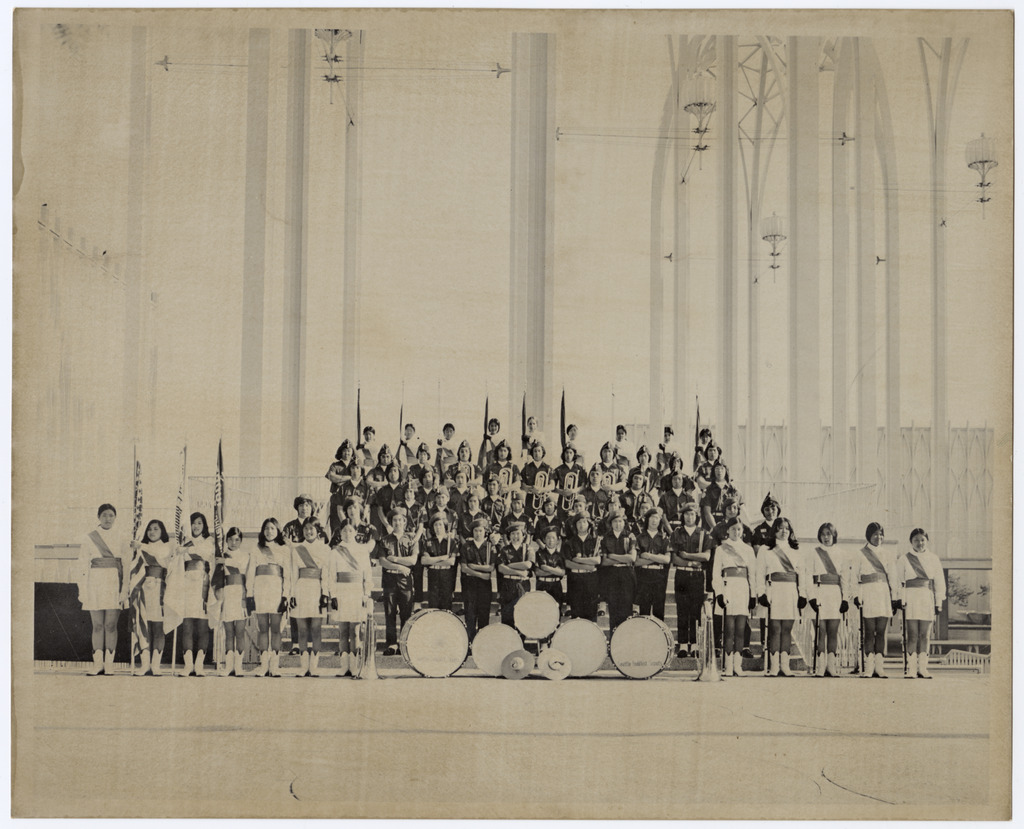
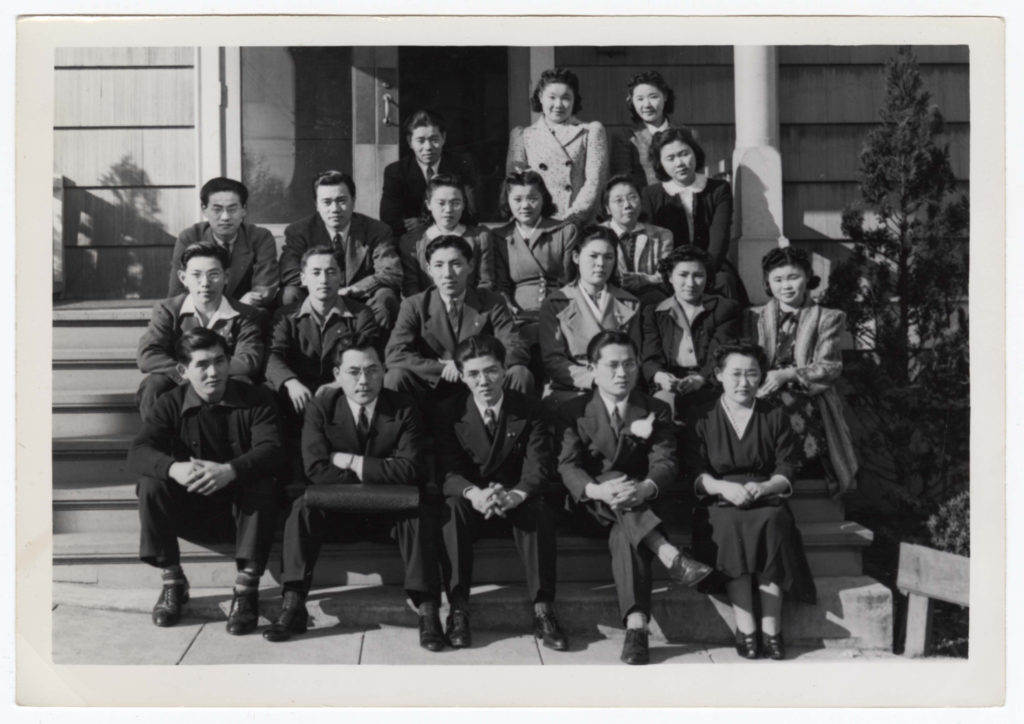

Densho’s collaboration with the Seattle Betsuin Buddhist Temple Archives is ongoing, so check back regularly for additions to these collections!
—
By Christen Greenhill Robichaud, Densho Digitization Tech
[Header image: Street view of the newly constructed Seattle Betsuin Buddhist Temple in 1965. Courtesy of the Temple History and Records Collection, Seattle Betsuin Buddhist Temple.]
This project was supported, in part, by 4Culture of King County.
